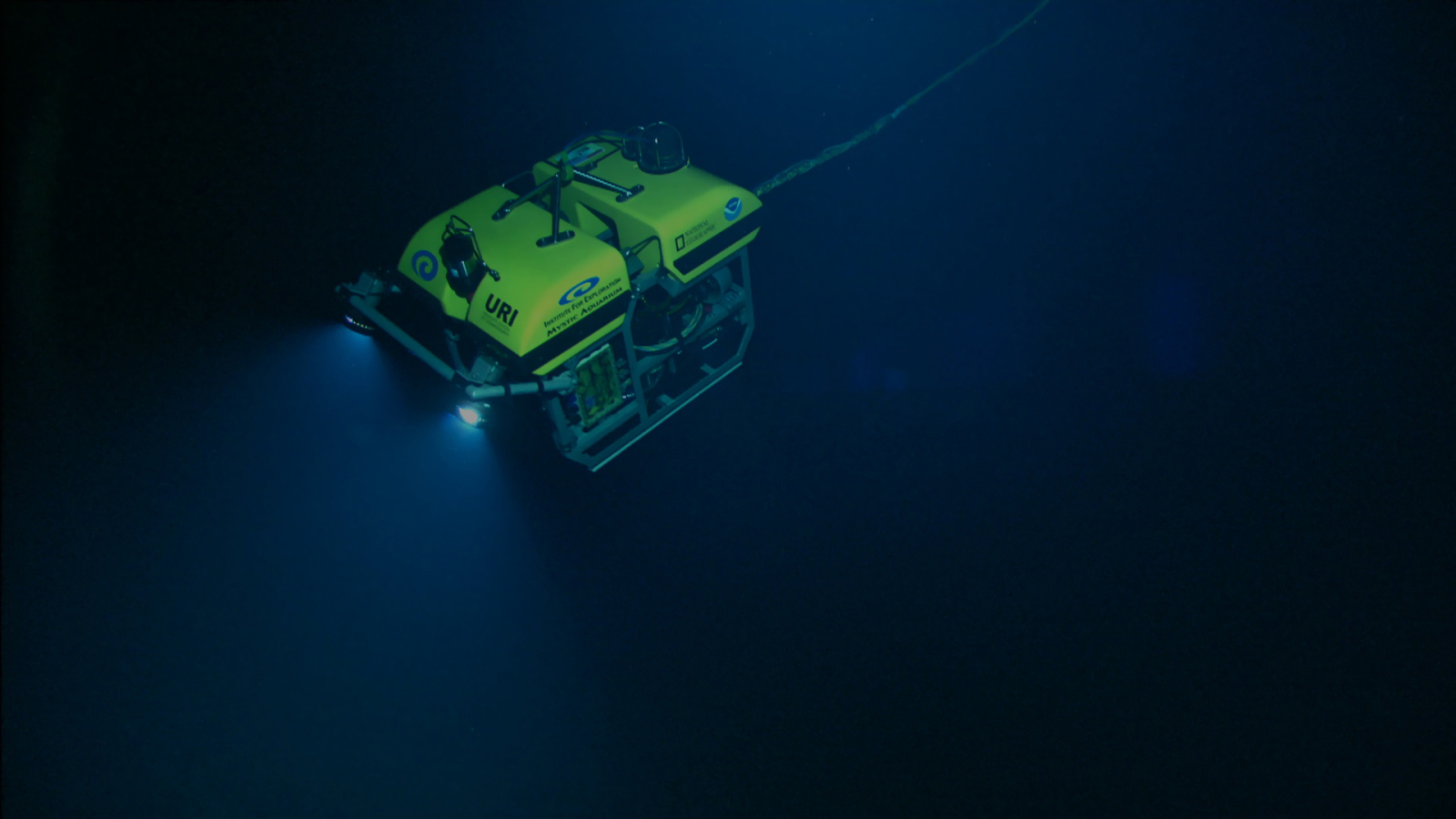Deepsea exploration spread species around
A study published this month in Conservation Biology found that deep sea exploration vehicles like Alvin could be transporting species between different dive sites.
 Janet Voight from the Field Museum of Natural History in Chicago had been leading an expedition to see if deep sea vent species would move to new habitats if they were available. And on one dive to the experimental habitat they'd created, they sampled 38 individuals of a species of deep sea limpet. The team were thrilled, until the morphology, isotope and genetic analysis came back showing that the limpets were identical to those from a population found at a vent system over 600km away from their experimental site that the team had visited 36 hours earlier. After getting in touch with Amanda Bates, who had been working on this species of limpet, Janet realised that the limpets they'd sampled were not in their experimental site naturally.
Janet Voight from the Field Museum of Natural History in Chicago had been leading an expedition to see if deep sea vent species would move to new habitats if they were available. And on one dive to the experimental habitat they'd created, they sampled 38 individuals of a species of deep sea limpet. The team were thrilled, until the morphology, isotope and genetic analysis came back showing that the limpets were identical to those from a population found at a vent system over 600km away from their experimental site that the team had visited 36 hours earlier. After getting in touch with Amanda Bates, who had been working on this species of limpet, Janet realised that the limpets they'd sampled were not in their experimental site naturally.
Janet - We concluded and I had my head in my hands at this point because my wonderful hypothesis was in the trash, I was ready to throw the whole thing in the garbage. Because it was contamination. I emailed Amanda just distraught and she wrote back and said Janet this is just so much more important because what we have here is a demonstrated means by which Alvin could transport species that might be invasive to an area where they do not normally occur and could be harbouring diseases and parasites.
As a deep sea biologist I had been to international vent biology work shops where people had cautioned us, we really don't want to introduce any species into new areas. And I had sat there in the audience and nodded by head thinking "well yeah, that'd be really awful, you shouldn't do that". And yet here I had led a cruise, as chief scientist I was responsible, that almost did that.
Helen - So how had they got there?
Janet - Somehow, those animals, there were 38 of them, had managed to hide inside the suction sampler for at least 36 hours while the ship transmitted those 640-50km north to our next dive site. I believed at one time that the exposure to the temperature shock, the exposure to the pressure differences from the seafloor to the surface were just, I mean if it different kill them outright the animals would be moribund unless they got comfort - they got cold water, and really were taken care of.
So our message to our colleagues who do deep sea research whether its biology or geology in many of its different guises, is to please be careful and to clean thing, to wash Alvin the sampler gear where animals may be hiding underwater with freshwater to make sure they can't infect a new site.
Find out more:
Voight et al (2012).
Scientific Gear as a Vector for Non-Native Species at Deep-Sea Hydrothermal Vents.Conservation Biology. (OPEN ACCESS)










Comments
Add a comment